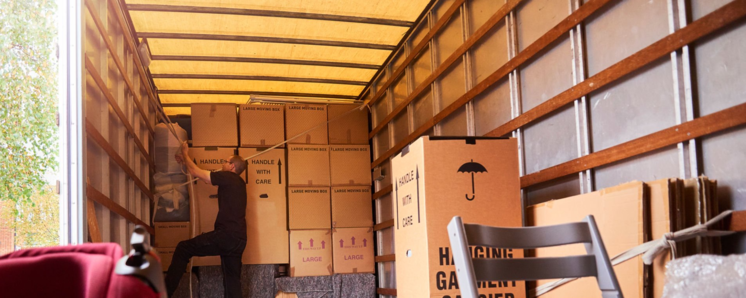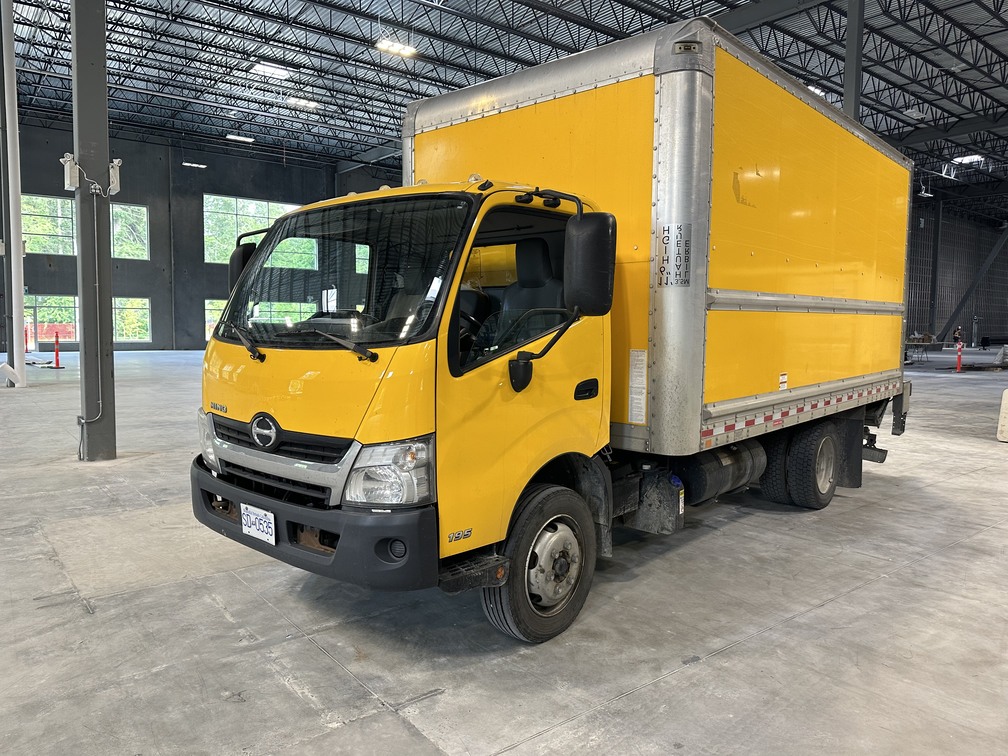
Reasons for Office Relocation
Common triggers for office relocation include:
- Needing more space due to business expansion
- Seeking a more strategic location closer to clients, talent pools, etc.
- Changing business strategy and requiring different facilities
- Pursuing better lease terms or cost savings
- Accessing new markets and opportunities
Understanding the specific reasons for your company’s move helps inform smarter planning aligned with strategic goals for growth and success.
Planning and Preparation
Be sure to do the following:
- Create a comprehensive office move checklist covering all logistical details, inventory, IT requirements, etc.
- Also consider timelines Shaw or Telus connections timelines.
- Set a realistic budget, allowing for unforeseen expenses like parking permits, utility deposits, and minor repairs.
- Vet and select a reputable, insured moving company with trained professionals.
- Schedule the move considering business hours, traffic patterns, and parking restrictions.
- Discuss the move with staff early and often to inform and align everyone.
This thoughtful preparation is key to overcoming any possible challenges.
Moving Day and Post-Move Activities
Don’t forget important post-move tasks like establishing services, updating company records, and reconnecting with clients and vendors. Also, take time to celebrate the successful move with your team; this can help you adapt to the new environment and improve morale.
Conduct a retrospective analysis of the entire moving process to identify improvements for future relocations.

Corporate Relocation and Dilapidations
Here are five key steps when managing corporate relocation and dilapidations:
- Choose an experienced corporate relocation company familiar with local regulations.
- Develop a detailed relocation plan assessing the new location and coordinating employees.
- Understand the dilapidations schedule and budget for repairs like mudding and repainting walls.
- Communicate openly with staff throughout the process.
- Have contingency plans ready for unexpected events.
Creating a Relocation Checklist
Next, assign tasks to team members based on roles to get everyone involved. Then, set a timeline for each task to stay on track. Finally, determine the resources needed, like packing materials and moving trucks.
This checklist will keep you organized and ensure a smooth office transition.

Pre-Move Actions
- Announcing the move to all employees
- Reviewing current lease terms and requirements
- Getting quotes from licensed and bonded moving companies
- Finalizing a relocation date considering weather, traffic, etc.
- Assigning tasks and estimating needed resources
Tackling these actions early creates an organized roadmap for the move.
Moving Day Resources
Professional movers handle heavy lifting so you can focus on big-picture coordination. A thorough cleaning of the old office is recommended post-move.
Resources like detailed checklists and relocation consultants are invaluable for successful office moves. Careful planning is key. The only thing harder than planning a move is not planning a move.
